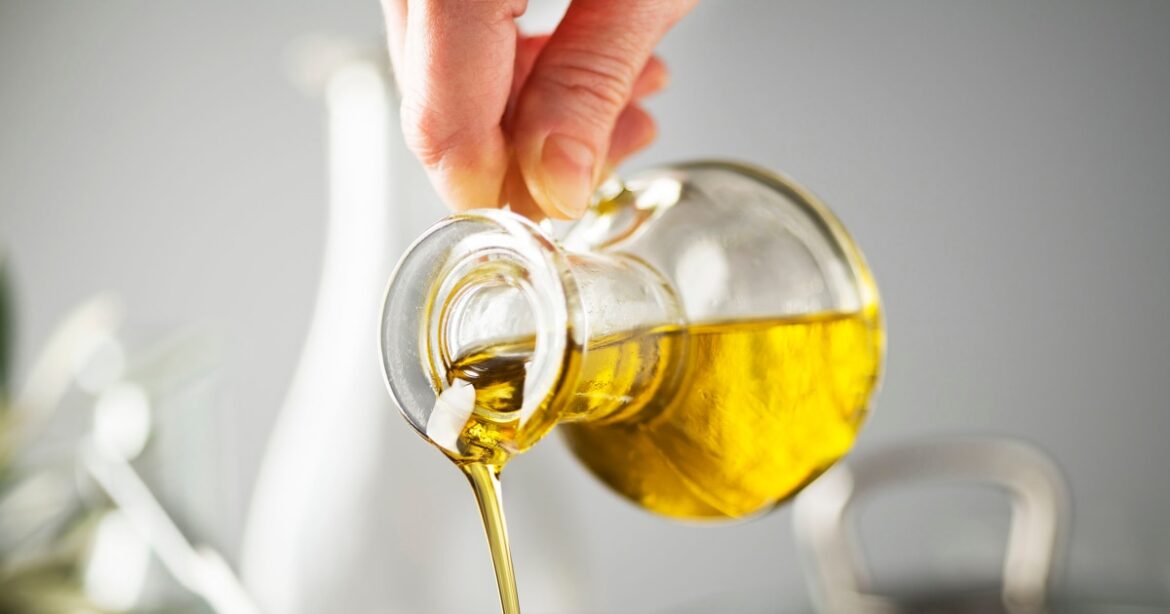Cooking oil is a kitchen staple. It can help prevent sticking, sear meat or vegetables to perfection, moisten a cake, dress a salad and so much more.
At the grocery store, you’ll find an endless array of oils from plants, seeds and other sources. It may leave you wondering: which type of cooking oil is the healthiest? Does it matter if it comes in a big plastic jug or a fancy glass bottle?
Where the oil comes from and how it’s processed can impact its nutrition content and flavor. In short, not all oil is equal. We spoke to dietitians about what to look for when choosing a cooking oil, which oils are healthiest and which oils to limit or avoid.
Is cooking with oil healthy?
“Cooking oil can definitely be part of a healthy diet,” says Natalie Rizzo, registered dietitian and nutrition editor for TODAY.com. Oils can provide essential fatty acids and other nutrients that promote overall health — not to mention, they make food taste a lot better.
Oils are basically pure fat, but fats are an important macronutrient that plays many roles in the body, from providing us with energy to supporting cell function, TODAY.com previously reported.
The key is to consume fewer “bad” fats (trans and saturated) and replace these with more “good” or healthy fats (polyunsaturated and monounsaturated), per the American Heart Association.
It’s important to note that consuming any kind of fat will add additional calories to your intake, Beth Czerwony, registered dietitian with the Cleveland Clinic’s Center for Human Nutrition, tells TODAY.com. “That needs to be considered when evaluating your diet overall,” Czerwony adds.
Moderation is also key. “The serving size for oil is small — one tablespoon — and having more than that can drastically increase your calorie and fat intake above the recommended amount,” says Rizzo. All fat provides 9 calories per gram.
The World Health Organization recommends all adults limit their total fat intake to 30% of their caloric intake or less….
Read the full article here



